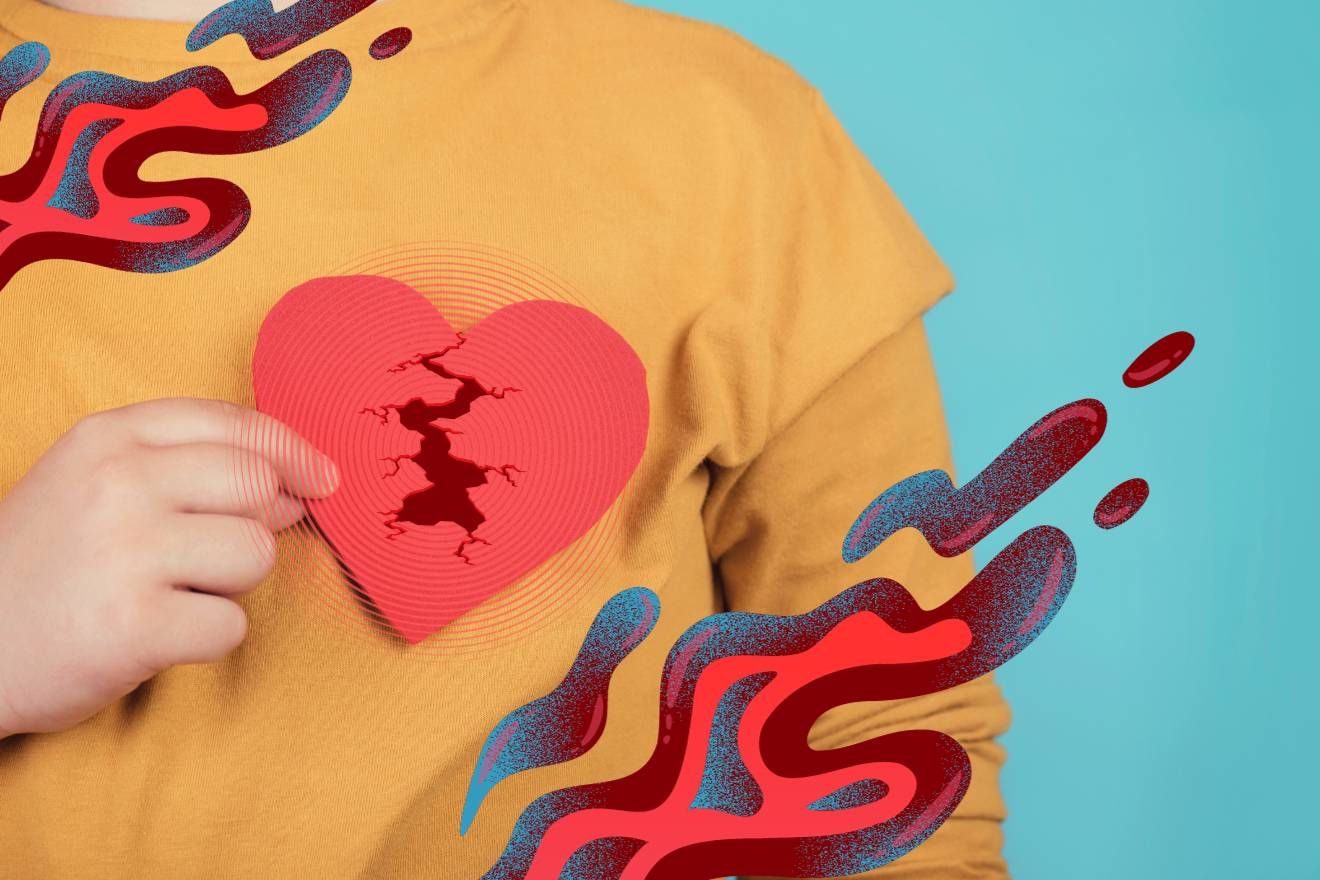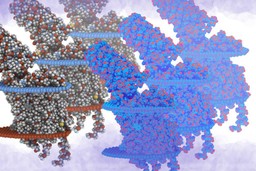Microdosing—taking sub-perceptual doses of psychedelics—continues to grow in popularity. Many psychedelic users tout its benefits. Others promote the life-enhancing effects of a microdosing regimen through their guides, books, coaching, courses, kits, and talks. An advertisement for psilocybin microdoses recently appeared in The New Yorker. It featured claims about microdosing alleviating emotional distress and improving creativity, focus, and peace of mind.
But there is much we don’t know about the true benefits of microdosing. Many psychedelic researchers (such as Zeus Tipado) are pushing back against the claims of microdosing enthusiasts and advocates. These researchers are pointing to studies showing that microdoses are no better than a placebo. (Of course, placebos can be effective, but microdosing companies do not promote their products as such.)
There is even less we know about the risks of microdosing and heart health. Many people microdose on a long-term basis. They take tiny doses of a psychedelic—two or three times a week—for several weeks or months, and sometimes for years.
But aren’t classic psychedelics physically safe? We know that macrodoses—larger doses that cause psychedelic effects—are physiologically safe, even in very high doses [1]. This means they do not damage any of the organs. However, people typically take macrodoses far less frequently than microdoses. There may be psychological risks involved when tripping. That said, the frequency at which most people trip seems to be safe from a physiological point of view.
There are concerns, however, that chronic microdosing may pose some heart health risks. A recent scientific review looked into this particular risk.
Can Microdosing Increase the Risk of Valvular Heart Disease?
A scientific review published in the Journal of Psychopharmacology notes that the long-term safety of chronic microdosing is unknown. The authors reiterate the concern raised by others that valvular heart disease (VHD) is a potential risk of this practice. This is due to the activation of the serotonin 5-HT2B receptor. Their review is the first comprehensive assessment of this risk [2].
VHD affects the heart valves, which play an essential role in ensuring proper blood flow through the heart. The condition can range from mild to severe, with symptoms including chest pain, shortness of breath, and fatigue. In more severe cases, VHD can lead to heart failure, requiring surgery to repair or replace the damaged heart valves.
The researchers searched for all relevant in vitro, animal, and clinical studies related to the VHD risk of LSD, psilocybin, mescaline, DMT, and MDMA. All five compounds and some of their metabolites could bind to the 5-HT2B receptor with a potency that was equal to or greater than their binding to the 5-HT2A receptor. The latter is the main target of these substances and is responsible for psychedelic effects. All compounds were partial agonists at the 5-HT2B receptor. This means they trigger a response that is lower than that of a full agonist at the receptor. The exception was mescaline, which the researchers could not adequately assess owing to its low potency.
The 5-HT2B receptor plays a role in regulating physiological processes, such as those of the heart. The persistent activation of this receptor has been linked to the development of VHD. Microdosing psychedelics—if regular enough and occurring over a long period of time—may likewise pose a heart health risk.
How VHD Risk Might Vary Depending on the Substance
The substances the researchers looked at interacted with the 5-HT2B receptor to varying degrees. LSD was similar in its potency in terms of binding to 5-HT2B and 5-HT2A receptors. There is some safety margin. Nonetheless, individual variations in how the body processes LSD, as well as variations in microdosing regimens, may not mean that there are no risks involved.
Psilocin (the active metabolite of psilocybin) binds much more potently to 5-HT2B than 5-HT2A. This indicates a higher risk compared to LSD in terms of microdosing. DMT had a minimal safety margin, but its extremely short half-life may reduce the risk compared to other classic psychedelics.
MDMA, sometimes referred to as a non-classic psychedelic, showed the highest risk among the substances studied. Both MDMA and its metabolite MDA are potent 5-HT2B agonists. Moreover, cases of VHD have been observed in people who use full doses of MDMA on a long-term basis. This long-term basis is an average of 3.6 tablets per week for 6.1 years) [3].
Many Unknowns
Other than MDMA, there are no studies that have specifically looked at the risk of developing VHD following chronic microdosing. There is, therefore, a lack of concrete evidence confirming or refuting a direct link between chronic microdosing and heart health, particularly VHD.
Even less is known about more novel psychedelics, such as 2C-B and analogs of classic psychedelics. Some users may use these microdosing. (Interestingly, some psychedelic analogs can be designed that do not bind to the 5-HT2B receptor, potentially addressing heart health concerns.) How the degree of risk might change in relation to the dosing schedule (e.g., dosing every third day instead of every other day) also remains unclear.
Microdosing is a common practice among psychedelic users and has been growing in popularity. Yet, there have so far been no widespread reports of VHD. Nevertheless, the researchers stress that this could be due to how recent microdosing is as a trend. Relatively few people have regularly microdosed for a long enough period for VHD symptoms to appear. The authors conclude that “VHD is a potential risk with chronic psychedelic microdosing, but further studies are necessary to better define this risk.”
Echoing Previous Concerns
Again, other medical experts have voiced concerns about potential risks regarding long-term microdosing and heart health. Psychedelic researcher Kelan Thomas argued that with current evidence for microdosing, “the risks may outweigh the benefits for many people.”
He notes the consistent history of medications with strong 5-HT2B binding affinity being linked to VHD. Thomas also draws attention to MDMA-induced VHD. These cases have involved long-term macrodoses of MDMA, not microdoses. Nonetheless, he stresses that psilocybin and LSD have a stronger binding affinity for the 5-HT2B receptor than MDMA. He concludes that:
“given the lack of clinical trial evidence showing any clear benefit for microdosing, and the concerning theoretical safety risk of VHD, it is worth proceeding with caution and, at the very least, taking some weeks off between 4-week microdosing intervals. I would also encourage long-term microdosing researchers and microdosing survey app developers to begin collecting routine echocardiography results to systematically evaluate the risk of VHD.”
Harm Reduction Tips
Microdosers may be able to minimize potential heart health risks. Thomas recommends only microdosing for four weeks at a time, with a significant break in between regimens. Back in 2019, the biologist and writer Patrick Smith raised concerns about the microdosing-VHD link on his blog. He states it’s likely “ that single large dose psychedelic experiences, and short-term microdosing routines, are relatively safe for your body.” This is based on decades of anecdotal reports and epidemiological data. But he adds:
“What remains to be seen is whether long-term microdosing regimens (i.e., for many months or even years) have a potential to damage the heart. This is why it is sensible to microdose for no longer than 90 days, and spread out your microdosing regimens throughout the year. If you have a pre-existing heart condition, it is especially important to avoid extended periods of microdosing.”
Ninety days is longer than what Kelan recommends. Less than ninety days may be safer, but again, we have no concrete data on this. Ultimately, it’s up to users to decide whether they are willing to expose themselves to the potential risks of regular microdosing. There are many anecdotal reports of microdosing’s benefits, and subjectively the improvements can feel undeniable. However, there is a lack of robust data—results from double-blind, placebo-controlled studies—to back up the claims of microdosing advocates. This can, understandably, make people question whether the risk is worth taking.
Follow your Curiosity
Sign up to receive our free psychedelic courses, 45 page eBook, and special offers delivered to your inbox.References
- Schlag, A.K., Aday, J., Salam, I., Neill, J.C., and Nutt, D.J. (2022). Adverse effects of psychedelics: From anecdotes and misinformation to systematic science. Journal of Psychopharmacology, 36(3), 258-272.
- Tagen, M., Mantuani, D., Van Heerden, L., Holstein, A., Klumpers, L.E., and Knowles, R. (2023). The risk of chronic psychedelic and MDMA microdosing for valvular heart disease. Journal of Psychopharmacology, 37(9), 876-890.
- Droogmans, S., Cosyns, B., D’haenen, H., Creeten, E., Weytjens, C., Franken, P.R., Scott, B., Schooers, D., Kemdem, A., Close, L., Vandenbossche, J., Bechet, S., and Van Camp, G. (2007). Possible association between 3,4-methylenedioxymethamphetamine abuse and valvular heart disease. American Journal of Cardiology, 100(9), 1442-1445.







